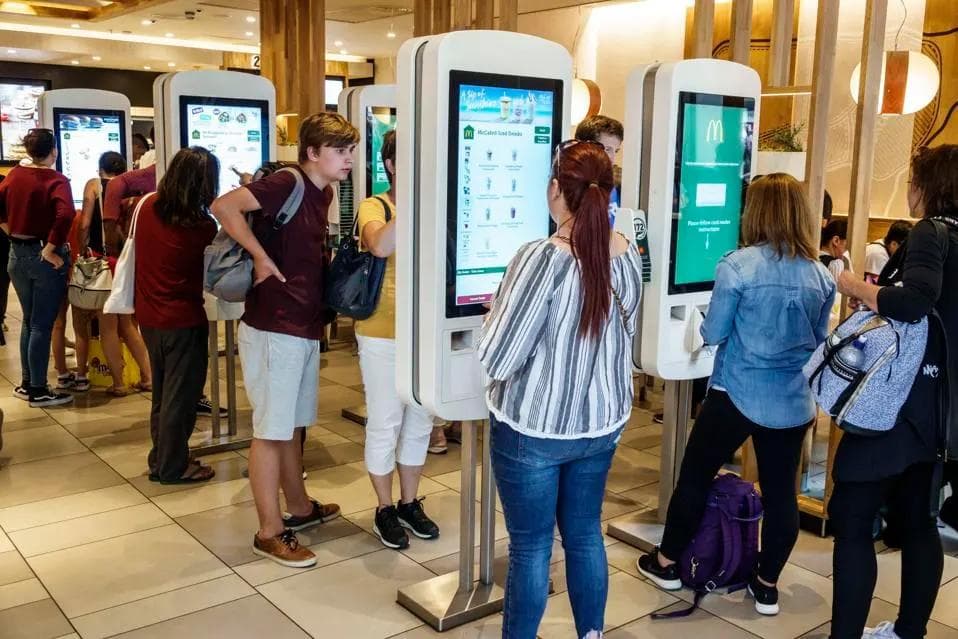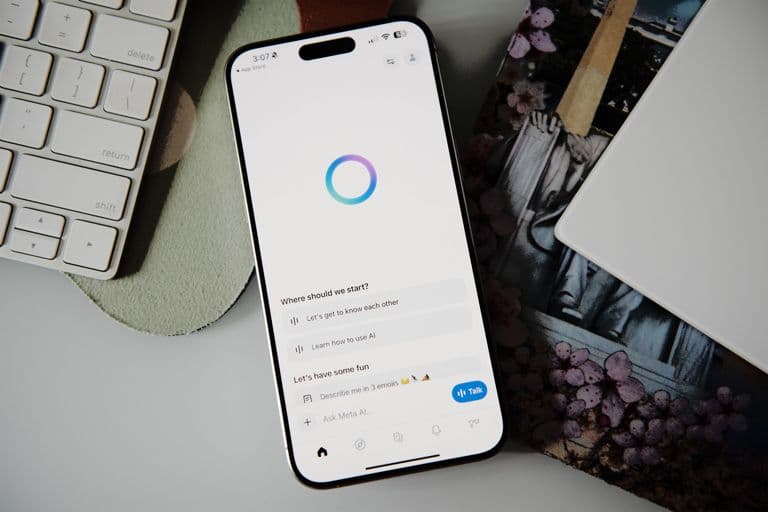
Our moral obligation to build better software
A personal reflection on how everyday software frustrations reveal the urgent need for more empathetic, real-world product design.

Spotify, Please Stop Pausing My Music Every Time a Notification Pops Up!
I was deep in my favorite playlist the other day, flowing, vibing, fully in the moment. Thending, a random notification popped up, and the musicpaused. Just like that, the mood vanished.
That tiny interruption sparked a much bigger thought.
I recently listened to an episode of Lenny’s Podcast featuring Bob Baxley, who said something that truly stuck with me: “If you really want to understand how your software fits into people’s lives, go out and watch them use it.” Not in a controlled lab or a predefined usability test, but in the wild, doing life.
That hit home.
Earlier this year, I traveled to Denmark. After landing at the airport, tired and hungry, I spotted a restaurant. Relief washed over me, until I realized it was a fully self-service setup, and the screen was entirely in Danish. I panicked. Not wanting to look clueless, I walked out and searched for a place where I could speak to a person and order in English.
It was a humbling experience. I consider myself fairly tech-savvy, yet even I felt frozen. It made me wonder: if I feel this way, how many others do too?
That's when I decided to take Bob’s advice.
I startedwatching.
Not just people using software I’ve worked on, butanysoftware. At train stations, I watched people struggle with ticket machines. At supermarkets, they wrestled with self-checkouts. In airports, I saw travelers spinning in circles trying to find gate info. On the street, someone stared helplessly at their app as they tried to call a ride.
I also turned the lens inward.
Every time I felt a little frustrated, I paused and asked myself what was making this hard.
The answers weren’t surprising, but they were incredibly revealing.
- Like the time Uber kept “finding drivers” while I stood outside in the cold, just wanting to go home.
- Or when I opened the bus app and it couldn’t find my location, leaving me staring at a blank map.
- Or when I was finally in the zone, enjoying music, and then a notification paused it for no reason.
- Or when I saw travelers standing in terminals looking overwhelmed, trying to figure out where to go next.
The truth is,software causes more frustration than we’d like to admit.
And the people responsible?Us. The builders.
Why? Because we’re often out of touch.
We build in neatly organized rooms. We write user stories. We map journeys. We speak in terms like "personas" and "user segments." It's not enough. But here’s the reality:
Our users are not personas.They’re people.
They are navigating messy lives, thinking about a dozen things at once. They’re not sitting calmly in front of your app waiting to be impressed. They’re hungry. They’re lost. They’re stressed. And they just want the thing to work and delight them.
Our job isn’t just to solve a single, isolated problem. It’s to solve that problemin context. In the chaos of real life.
Back to Denmark. I wasn’t just ordering food. I was tired, disoriented, and hungry in a new country. Maybe the designer of that system could have made the English option more visible. Or created a flow that didn’t make first-timers feel like they were being watched. Small things, perhaps. But deeplyhumanones.
These insights only come when you observe software being used in the real world. Not in wireframes. Not in strategy meetings. But in train stations, airports, homes, and sidewalks.
We often hear the phrase “dogfooding,” meaning using your own product. But even that’s not enough. Because you already understand the system. You know the shortcuts. You know the lingo.
The real work iswatching others, without context or preparation, trying to figure it out, not just your software but software in general.
Artists, musicians, comedians; they all perform in front of a live audience. They watch people react in real time. Adjust. Improve. But in tech, we often ship features to people we never see, solving problems we don’t fully understand.
That needs to change.
Software is becoming part of everything we do. And with that comes responsibility. Every interface, every interaction, every notification adds up. It either brings clarity or confusion. Delight or dread.
We have amoral obligation to make things better,If you ever wondered why you do what you do, that there is something to show up for.
It starts bywatching. Listening. Caring.
And maybe, just maybe, fixing that Spotify pause too.
From the blog
Read other blogs on Tech, Design, Personal development and Startups

What Does It Mean to Design Products in the Age of AI?
What it really means to design in the age of AI. It's a mix of stories, real lessons (like what we learned while building a routing system at Leta), and a call to design with more empathy.

Duolingo Made Learning Fun, But Killed My Motivation
I explore what research says about rewards and motivation, how gamification helps and sometimes hurts real learning, what platforms like Duolingo could do differently to build sustainable meaningful habits